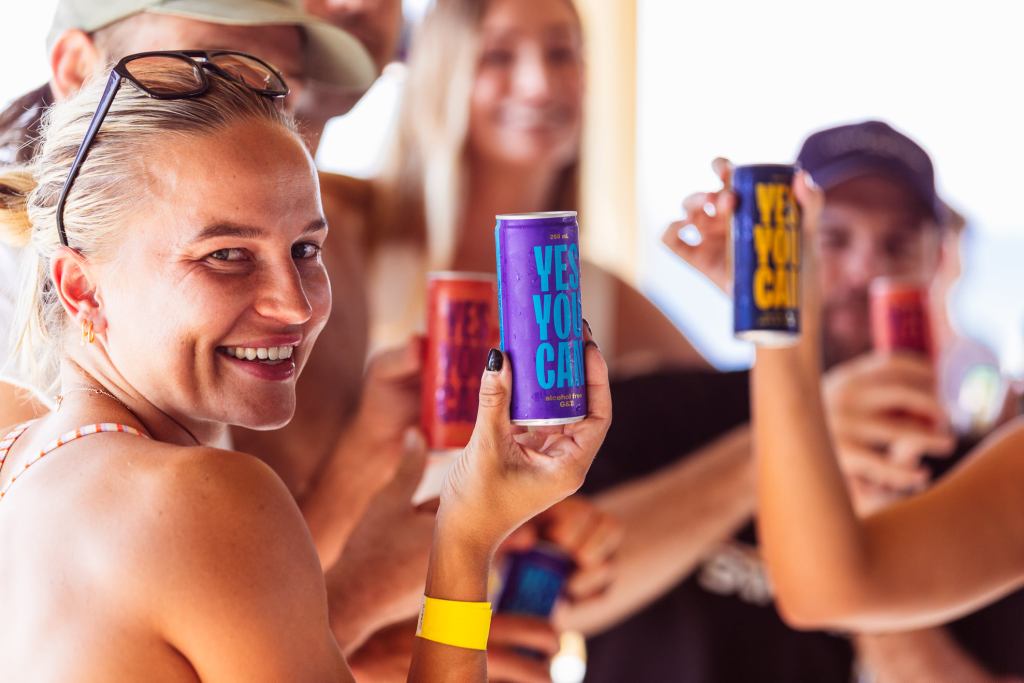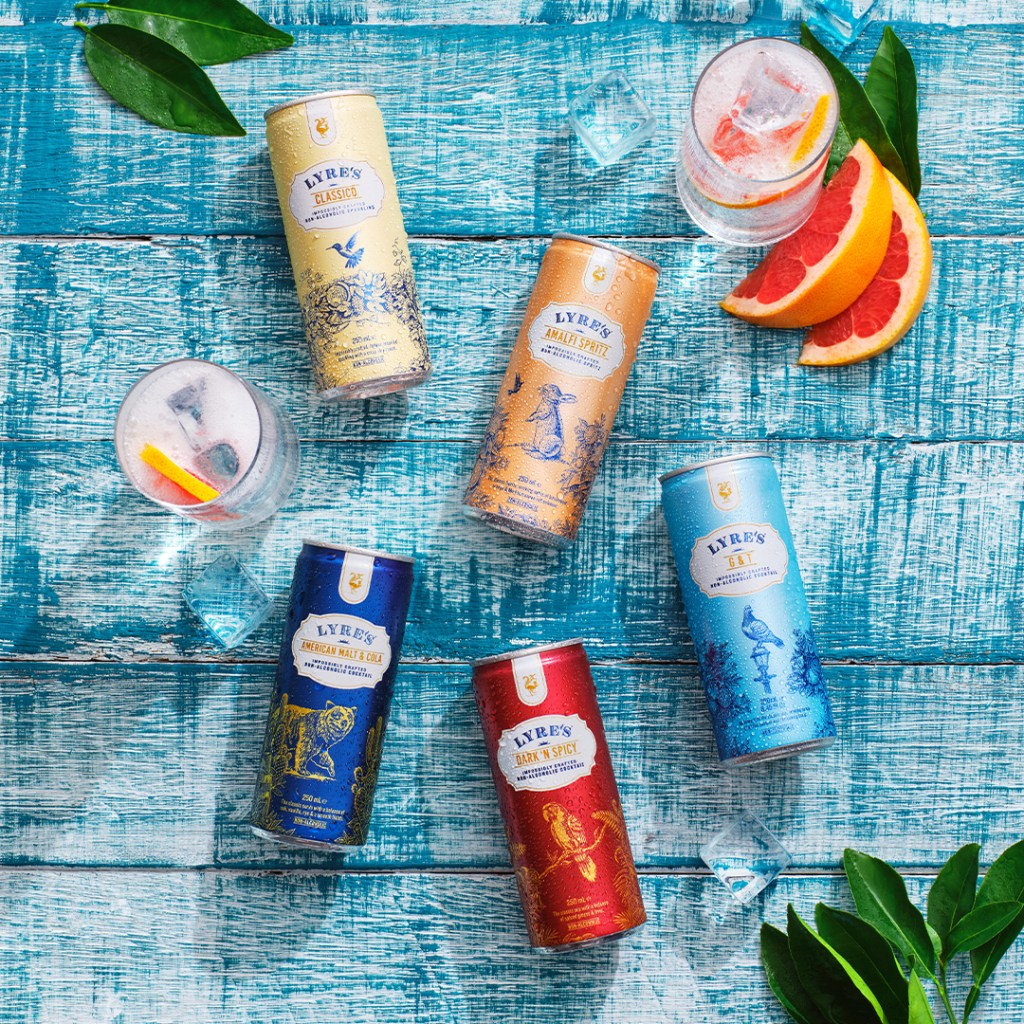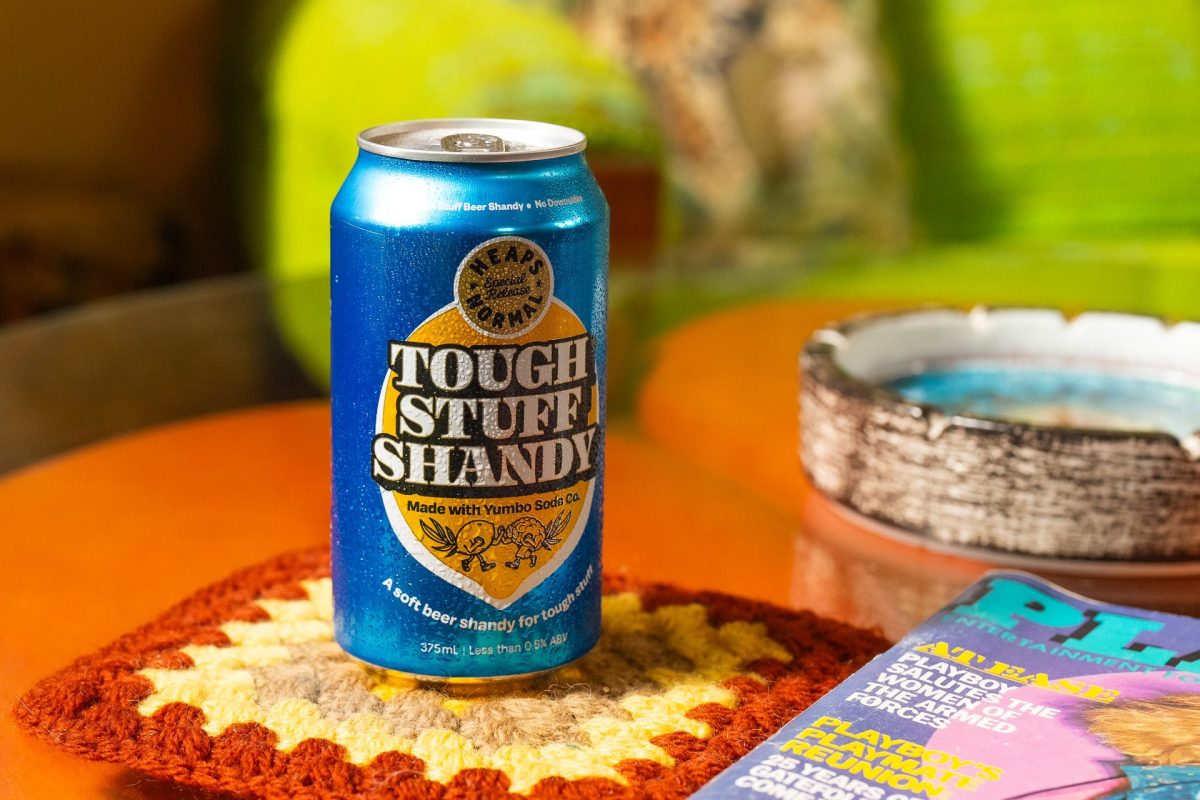On an upward growth trajectory, data shows that consumption of no- and low-alcohol (NoLo) products grew by five per cent in volume in 2023 across the world’s leading 10 markets, including Australia.
According to research by drinks market analyst IWSR, the NoLo category is forecast to grow at a volume CAGR of plus six per cent by 2027, with NoLo’s share of the overall alcohol market expected to grow to almost four per cent over the same timescale.
Globally, this growth is spearheaded by no-alcohol products, which are expected to grow at a volume CAGR of plus seven per cent, while low-alcohol is predicted to expand by plus three per cent in the period from 2023 to 2027.
Consumer demographics
The NoLo category is successfully attracting new recruits, with a fifth of the category consumers in 2023 being new entrants. Strong recruitment levels are especially prevalent among Gen Z and Millennials, with fewer Boomers entering the category.
Marc Romanin, Marketing Manager at Lyre’s, believes that the rise of NoLo beverages aligns with a cultural shift in the younger generation towards inclusivity and a more balanced lifestyle.
“With the next generation drinking much less alcohol than the older generations we are seeing the greatest recruitment coming from Gen Zs. This is driven by lifestyle choice with low-alcohol drinks playing an important role in reducing alcohol intake and avoiding the effects of alcohol in all markets, which remains the hero rationale for NoLo consumption.”
Understanding that the highest proportion of NoLo consumers are of the Gen Z and Millennial age groups, Andy Miller, CEO and Co-Founder of Heaps Normal, says that knowing your consumers and curating an attractive offering plays a big role in recruiting new consumers.
“We know Aussies under the age of 45 are about twice as likely to consume non-alc beverages, so I think it’s important for [retailers and operators] to consider the channel mix they’re using to reach them and ensure the range they’re carrying is going to resonate with their values and tastes.”

Moderation vs abstinence
While the NoLo category provides an option for those who abstain from alcohol consumption completely, research by the IWSR shows that substituters – those who alternate between full strength and NoLo depending on the occasion – accounted for 43 per cent of NoLo consumers in 2023.
“This trend is driven by the US and France, where the proportion of substituters has reached 45 per cent and 50 per cent respectively,” says Susie Goldspink, Head of NoLo Alcohol Insights, IWSR.
“Across markets, more Millennials are becoming substituters, with an increase from 41 to 45 per cent in the proportion of Millennials drinking NoLo on some occasions, and full-strength on others, at the expense of the abstainer group.”
The NoLo category caters to a variety of consumption occasions, and Romanin says there is opportunity for on-premise operators to capitalise on this by adding NoLo products to their existing beverage program, especially considering the popularity of “wedging” drinks to moderate alcohol consumption over the course of a night.
“Having a strong, sophisticated non-alcoholic offering that caters to drivers, moderators and abstainers allows the simple trade up from a soft drink, water or mocktail into something that has high repeat order rates and increases spend per head.”
Availability and barriers to entry
One of the biggest challenges facing the NoLo category and posing a barrier to entry, is availability. Across the ten leading NoLo markets globally, more than 40 per cent of existing NoLo consumers said a lack of availability stopped them from consuming NoLo products more frequently.
Particularly in the off-premise, there is often confusion about where products should be displayed, and without dedicated spaces for NoLo products, navigation issues are a cause of concern for shoppers. Tyler Martin, Co-Founder of Yes You Can non-alcoholic cocktails, says both brands and retailers have a lot of work to do in the category.
“Sometimes [NoLo products] will be located with soda, other times they’ll be next to the alcohol equivalent, and sometimes in a dedicated non-alcoholic section. Where we see markets doing a really good job, in the US and UK in particular, they halo the whole segment.
“In those segmented areas, they have decals, aisle fins, and once you cross over into that area, you’re not primed for a four dollar four-pack of coke. You’re primed for a $15 four-pack RTD, and that type of haloing is going to be huge for the category if retailers get behind it.”
In store, NoLo producers are encouraging retailers to introduce standalone sections that allow consumers to navigate the category with ease, supported by at-shelf POS and displays. According to Romanin, this also creates an opportunity for liquor retailers to drive high revenue products.
“Retailers that put NoLo variants in with full-strength struggle to seek the velocity of sales, because the SKUs just get lost and are hard to find.
“Half of NoLo consumption occasions are alone or with a partner, establishing a big opportunity for retailers to work with their non-alcoholic suppliers on channel, pack and pricing strategies to leverage this consumption behaviour.
“NoLo volume is pulling from soft drinks, juice and energy drinks primarily, so the option for a trade up and greater commercial return is there for retailers.”

Agave alternatives spark interest
According to the IWSR, younger generations are showing more of an interest in trying new NoLo alternatives than older age groups, with these interest levels typically mirroring the most-consumed full-strength categories in each market.
Given the popularity of tequila, mezcal and agave alternatives in key markets around the world, it is no surprise that interest in NoLo agave alternatives has grown rapidly, particularly in the US, Brazil and South Africa.
European markets and Japan are showing the least interest, influenced by their higher portion of Boomers and their full-strength agave categories being underdeveloped, but given the agave spirit boom currently taking place in Australia, this is a trend that may follow suit in the Australian market.
Australian market
In Australia, it is low-alcohol volumes that hold the dominating share of the maturing NoLo category, despite no-alcohol achieving double digit growth in 2023. At the expense of the large low-alcohol beer segment in Australia, no-alcohol has grown to almost 80 per cent of low-alcohol’s volumes.
As is the case across most key markets, the IWSR has identified that Millennials account for the biggest proportion of NoLo consumers in Australia, and they are significantly more likely than any other NoLo consumers to be classified as blenders – a profile of consumers who choose to “wedge” drinks or switch between NoLo and full-strength products on the same occasion.
Read more about the NoLo revolution in the latest issue of National Liquor News:

